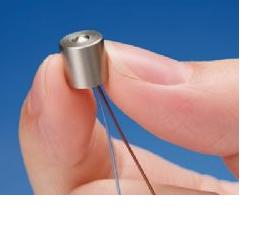
Scientists in the United States have recently developed an infrared image sensor with the size of a fingernail only using graphene. Different from the common mid-infrared and far-infrared image sensors, the new technology can operate without a bulky cooling device. For the first time, observation of the full infrared spectrum at room temperature is realized. Due to its small size and light weight, it can even be integrated into contact lenses or mobile phones. It is expected to find applications in many fields such as military, security, and medicine. The relevant papers are published online on the website of Nature Nanotechnology magazine.
The wavelength of infrared rays is between 760 nm and 1 mm. It is a non-visible light with a wavelength longer than that of red light, and is classified into three types: near-infrared ray, medium-infrared ray, and far-infrared ray. Ordinary cameras require only one chip to capture visible light, while infrared imaging requires the simultaneous viewing of images in various near-infrared, mid-infrared, and far-infrared spectra. More challenging is that mid-infrared and far-infrared sensors usually have to operate at extremely low temperatures.
The research led by Zhong Chaohui, an assistant professor of electrical engineering and computer science at the University of Michigan, and Professor Ted Norris of the same school used graphene as a raw material. Graphene is a single-layer structure composed of carbon atoms that can detect infrared, visible, and ultraviolet light throughout the spectrum. However, due to the poor absorption of light by graphene (2.3%), it is not enough to generate enough electrical signals. Previous studies have been stalled. Zhong Zhaohui said: "The biggest problem faced by the previous generation of graphene infrared sensors was poor sensitivity and could not meet the needs of commercial equipment."
To overcome this obstacle, Zhong Zhaohui and his team improved the process of generating electrical signals from graphene. According to a report by the Physicist Organization Network on March 17, they placed an insulating barrier between the two graphene sheets, and the bottom layer had current through. When light strikes the top graphene, the device releases electrons, creating positively charged holes. Then, under the action of the quantum mechanism, electrons pass through the middle insulating layer and reach the bottom graphene layer. At this time, the positively charged holes left on the upper graphene will generate an electric field and affect the current of the lower graphene. By measuring the change in current, the brightness of the light shining on the upper graphene can be inferred.
Zhonghui Zhao said that the new method has brought the sensitivity of the mid-infrared and far-infrared sensors to a new level for the first time, and it is completely comparable to conventional infrared sensors that require a cooling device to operate. And the device is only one finger cover size, it is easy to achieve integration. He said that if the detector can be integrated into contact lenses or other wearable electronic devices, it will hopefully provide people with an unprecedented new way of interacting with the environment. At the same time, this technology has opened up new possibilities for the application of infrared technology in military, security, medical, and other fields.
Wedge wire screen filer elements are made of stainless steel wedge wire screen. Filter rating is from 30 to 80 microns. Wedge wire screen is welded onto rods with stainless steel wedge wire at every contact point. They are classified into filer sheet, filter basket and filter elements. They have such characteristics as good strength, high ridity, resistance to abrasion and corosion, even gap, good in filtration and fluidity, easy to clean and back wash.
Application Wedge wire screen filter elements are used in sieving of petroleum, chemical industy, pharmaceutics, food and beverage, metalurgy and coal, also can be used in fitration of water treatment.
Wedge wire is a welded steel structure, mainly used for filtration, separation and retention media.
It consists of surface profiles, usually V-shaped, that are resistance welded onto support profiles. The distance between the surface profiles is controlled very accurately, as it forms the slot through which the filtrate flows.
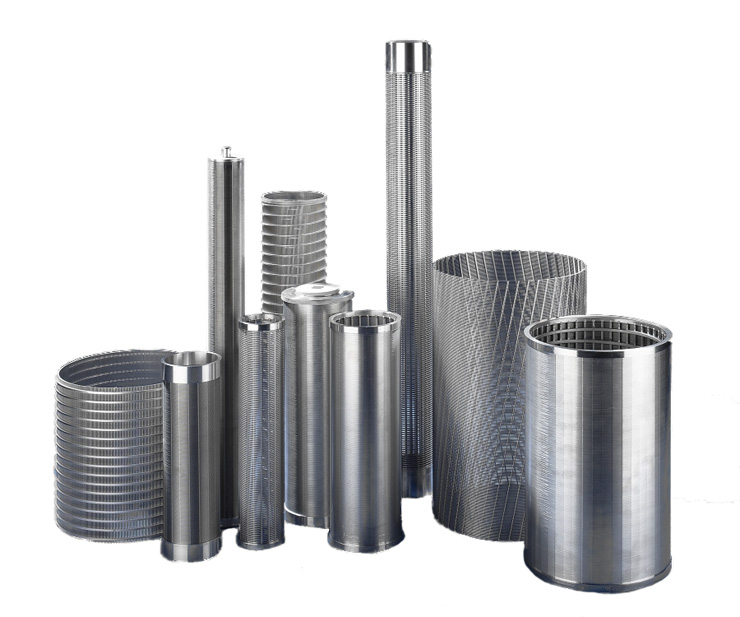
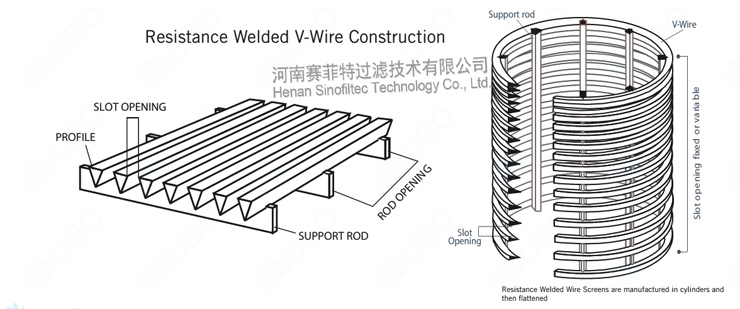
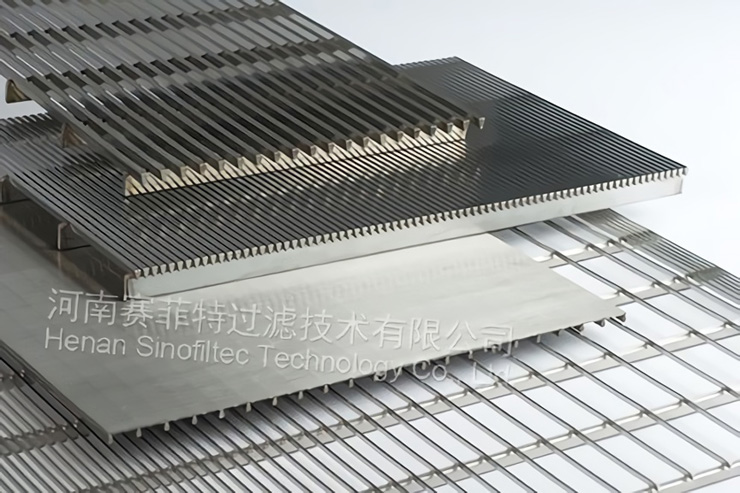
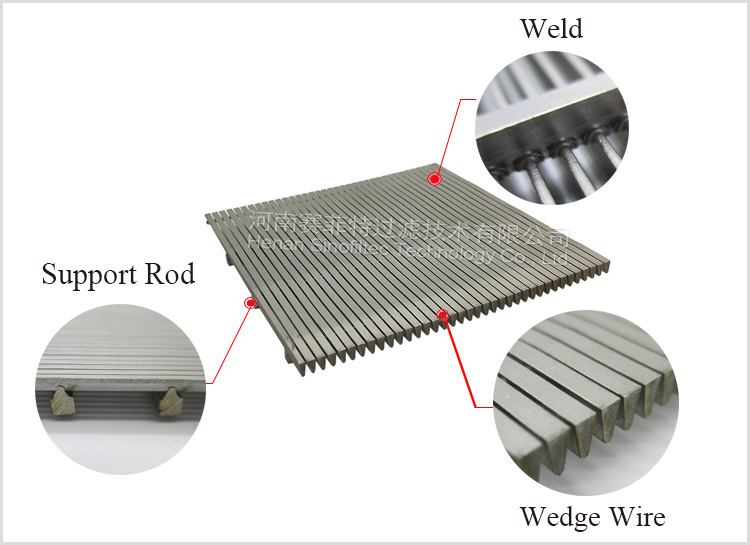
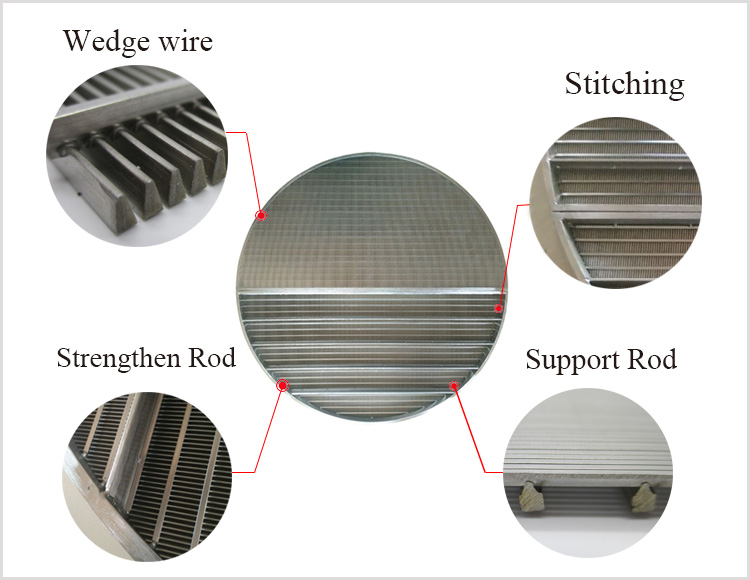
Stainless Steel Filter Cartridge,Wedge Screen Filter Cartridges,Wedge Wire Screen Filters
Henan Sinofiltec Technology Co.,Ltd , http://www.sinofiltec.com